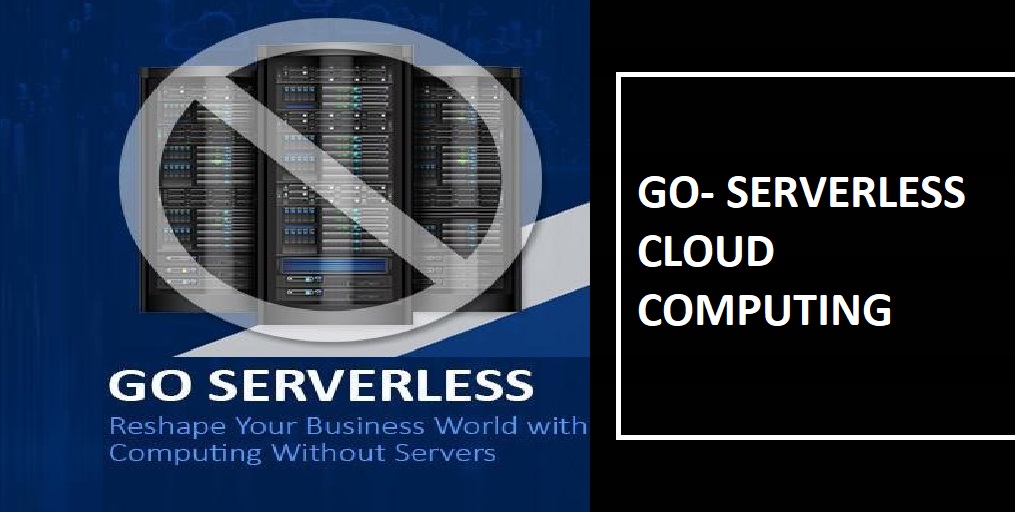
In recent years, the word ‘serverless architecture’ has gained so much hype in the tech world. The main reason behind the rising popularity of the ‘serverless framework’ is it does not need any infrastructure management.
The serverless architecture is also known as serverless computing allows you to build and run applications and services without having to manage infrastructure. This is an approach of cloud computing in which the process of code execution is managed by a third-party server. Developing and deploying applications with this modern approach reduces the workload of developers as hosting of the application is done by a third party that eliminates the need for hardware management and server software at the developers’ end. Netflix, BBC, Nike, and Airbnb are a few names leveraging the benefits of this new approach.
Serverless computing does not mean that there is no server involved; it does exist but all the machine resources will be allocated by a cloud provider and developers do not need to worry about managing the physical servers.
FaaS – The Cornerstone of Serverless Architecture
Function as a service (FaaS) is the kind of cloud computing service that provides users a platform to develop, run and manage applications. They need not struggle maintaining the infrastructure associated with building an application. It enables developers to focus on creating better code that has enhanced developer’s productivity, provided better scalability and improved user experience.
AWS is the first to implement the FaaS concept and introduced AWS Lambda in 2014. Microsoft Azure Functions (Microsoft) and Google Cloud Functions (Google) are also providing a serverless framework.
Functions, events, and resources are the key components of FaaS. While using the Function as a Service(FaaS) platform, the entire process from execution to scaling is absolutely programmed and managed by the cloud provider.
Benefits of Serverless Computing Solution
1. Reduces Administrative Cost
Serverless technology is substantially new for the majority of tech-savvy companies. Hence, there is still a huge debate on the cost-effectiveness of a serverless model over the traditional one. So, if you are planning to switch to a serverless architecture, GO for it guys! It can save a huge chunk of money but it depends on your use case as well. In a Serverless model, you only pay for what you use. This technology helps businesses deal with inconsistent traffic patterns. The traditional model charges a fixed cost for providing server computing services whether you are using it or not. However, serverless technology only charges for the computing resources that you have actually used. Know more about such technologies like Windows Virtual Server from desktop as a service providers.
2. Auto Scaling
With serverless architecture, it is now possible to get a fully scalable server platform on the cloud. Autoscaling is a feature of cloud computing that distributes workloads across various computing resources in order to reduce response time and increase throughput. The serverless model enables the automatic scaling of your application which ensures seamless, and rapid scale-up/down of application as per traffic flow.
3. No Infrastructure Management
In serverless computing, you don’t need to manage your own server system. You are paying someone to manage application framework, servers, and databases that are relatively low in cost when compared to managing the own server system. Serverless computing technology offers fully managed services from server set-up to its planning and management which are handled by the third party. Developers do not have to worry about operating systems, software/hardware upgrading, infrastructure, middleware, etc.
4. Reduced Time-to-Market
The serverless framework enables developers to build new applications in a very short time and one can quickly see the developed application within hours. This technical evolution allows running various versions of code in order to meet strict deadlines. Today a number of applications rely on third-party APIs for computing services, for instance, artificial intelligence (IBM’s Watson), maps (Mapbox), authentication (OAuth), social (Twitter), and many more leveraging this modern approach.
5. Speedy Developments and Deployments
A serverless framework increases developers’ productivity. This approach helps to run multiple test cases and developers don’t need to worry about managing the other factors of infrastructure.
6. Secure Infrastructure
It is the responsibility of cloud service providers to provide a secure infrastructure that is free from cyber attacks or any malicious activity that can destroy the integrity of your data. Thus, prevent unauthorized access that compromises the security of information.
And There You Go Serverless!!!
Serverless cloud computing is a path-breaking idea in the era of digitization. Transforming your complete business or at least a section of it to a serverless platform will save the go-to-market time and let you focus on your core business idea, improve the service stability, and result in saving tons on developing and executing software systems. Considering the factors discussed it is high time you transit to a serverless solution and lower down your expenses and data vulnerability.
Digital Web Services (DWS) is a leading IT company specializing in Software Development, Web Application Development, Website Designing, and Digital Marketing. Here are providing all kinds of services and solutions for the digital transformation of any business and website.










